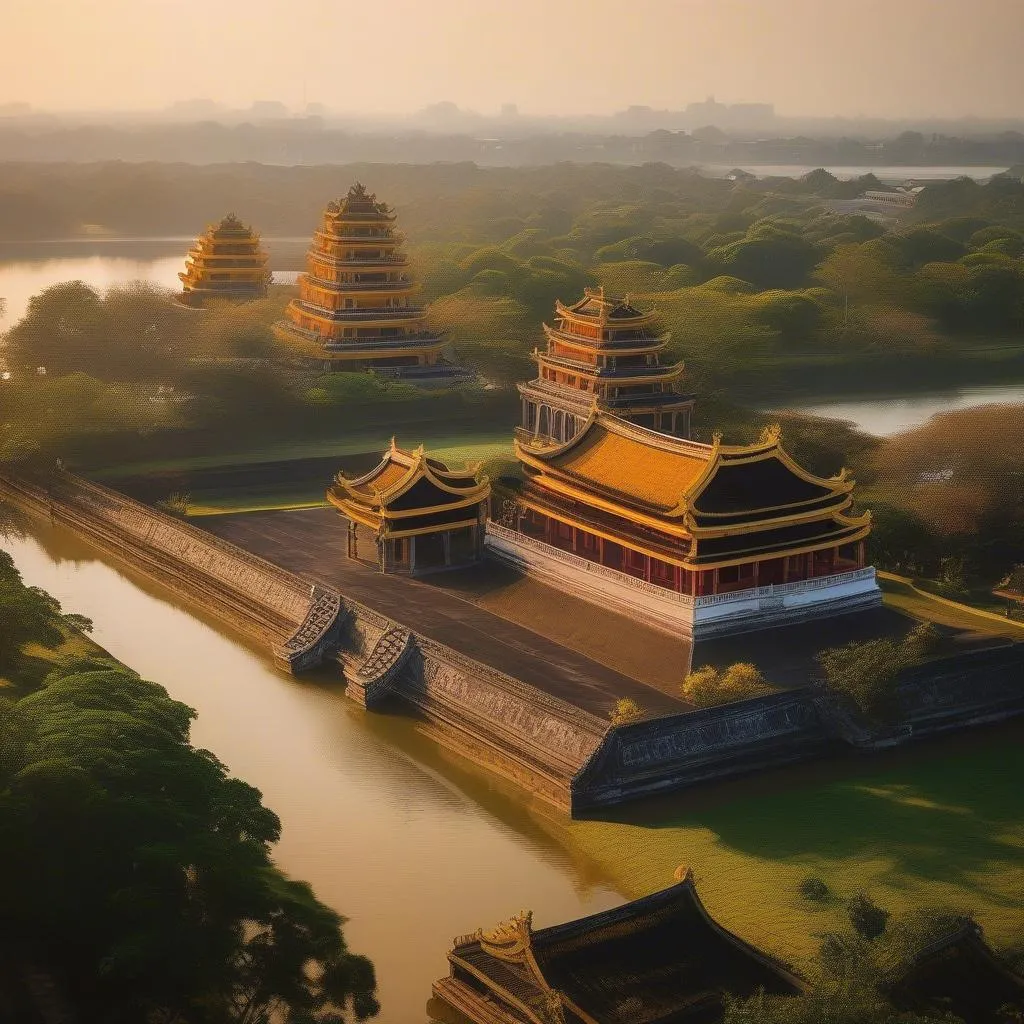Have you ever felt lost in the daily grind, yearning for something more? A deeper connection, a sense of peace, a journey within? That’s the call of spiritual tourism, a journey to sacred sites, natural wonders, or places of cultural significance to find solace, enlightenment, or simply, a moment of quiet reflection.
What is Spiritual Tourism?
Spiritual tourism is more than just visiting temples or churches. It’s about immersing yourself in experiences that nourish your soul. It’s about connecting with something bigger than yourself, whether it’s through meditation in a serene monastery, a silent retreat in nature, or a pilgrimage to a holy site.
“It’s about the search for meaning and purpose,” says Dr. Jane Nguyen, author of “The Transformative Power of Travel.” “It’s about stepping outside your comfort zone and opening yourself up to new perspectives.”
Types of Spiritual Tourism
Spiritual tourism takes many forms, from organized pilgrimages to self-guided journeys. Here are a few examples:
- Pilgrimages: Journeying to sacred destinations like Jerusalem, Mecca, or the Ganges River holds deep religious significance for millions. These journeys often involve rituals, prayers, and a sense of communal devotion.
- Nature retreats: Imagine meditating in the Himalayas, hiking the ancient Inca Trail, or finding peace by a serene lake. Nature has a way of grounding us, reminding us of our place in the universe.
- Wellness retreats: Yoga and meditation retreats offer a structured environment to disconnect from the outside world and focus on your inner well-being. These retreats often combine physical practices with mindfulness techniques and healthy living.
- Cultural immersion: Sometimes, understanding another culture can be a deeply spiritual experience. Visiting ancient ruins, participating in local ceremonies, or learning about different spiritual practices can broaden your horizons and deepen your connection to humanity.
Planning Your Spiritual Journey
1. Define Your Intention: What are you hoping to gain from this journey? Clarity? Peace? Connection? Identifying your intention will guide your choices.
2. Choose Your Destination: Research different locations and see what resonates with you. Do you feel drawn to the serenity of a mountain monastery or the vibrant energy of a bustling city’s sacred sites?
3. Pack Light, Pack Right: Comfortable clothing, sturdy shoes, and a journal are essential. Consider packing meaningful items like a favorite book of poetry or a small object that brings you comfort.
4. Be Open to the Experience: Remember, spiritual journeys are deeply personal. Let go of expectations and be open to whatever unfolds.
 meditation-in-nature
meditation-in-nature
FAQs about Spiritual Tourism
Q: Is spiritual tourism only for religious people?
A: Absolutely not! You don’t have to follow a specific religion to embark on a spiritual journey. It’s for anyone seeking meaning, purpose, or a deeper connection with themselves and the world around them.
Q: What if I’m on a budget?
A: Spiritual tourism doesn’t have to be expensive. Many affordable options exist, from volunteering at a retreat center to camping in nature.
Q: How can I make the most of my experience?
A: Approach your journey with an open mind and heart. Be present at each moment. Engage with locals, try new things, and most importantly, listen to your intuition.
Travelcar.edu.vn: Your Guide to Meaningful Journeys
Whether you’re drawn to the ancient temples of Hue or the serene landscapes of Da Lat, Travelcar.edu.vn can help you plan a spiritual journey that resonates with your soul. Explore our website for travel guides, tips, and inspiration.
 ancient-temples-hue
ancient-temples-hue
Remember, the most important journey is the one within.